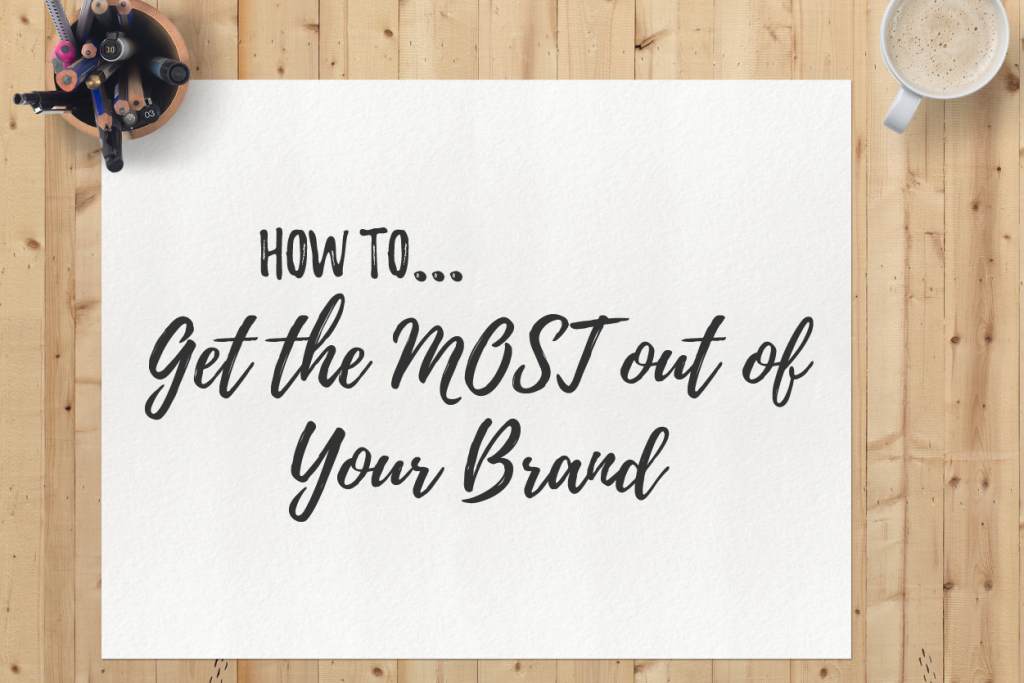Good communication requires good design – fact. Unfortunately, design is often overlooked and not deemed a priority. Instead, it’s viewed as an ‘optional extra’ that can be tacked on at the end of a project to make it look pretty. This is not good communication. Good communication must be designed, and designed well, from the get-go.
Despite this fact, some communicators and organisations shy away from giving design the consideration it deserves because the whole creative process can feel quite foreign. Not possessing design skills, or the ability to anticipate how a designer will address visual communication challenges should not deter communicators from engaging with their designers from the very beginning of a project.
Trust in your designer’s ability to interpret what’s needed and apply their creative skills to solve the problems at hand. And before getting stuck into that project that’s designed well from the start, consider these three points – your designer and your project will thank you for it.
1. Never tell your designer how something should look, tell them what it should do
Remember, your designer has skills that you don’t, and one of those is solving functionality problems. The functionality of your work is the primary goal in working towards great communication. Whether you’re mocking up a poster for a forthcoming event or putting together a PowerPoint presentation for an important meeting, you need a designer to effectively communicate your message. Begin by writing a brief that outlines all of your communication needs: What is the problem that needs to be solved? Who is the audience? What should they feel or do upon receiving the message? Answering these questions is crucial to effective communication and the expertise your designer will bring to the table can maximize its impact significantly.
2. Good design is seamless
Design is not simply changing fonts or adjusting the size of images – it’s a considered creative process that has a huge effect on the way a message is delivered and consumed. A lot of people might be nifty when it comes to jazzing up images in Photoshop or formatting documents in Word, but truly seamless design, like your professional creative team offers, will ensure your audience is taken on the journey you are intended to take them on, your message is relayed as it should be, and its purpose is not interrupted by design that competes with or dilutes it.
3. A good brand is organic
Brands create subconscious standards of quality in the minds of their audiences and in order for a good brand to grow its audience it needs to be updated regularly. Relevance is key. This doesn’t necessarily mean revamping an entire logo or throwing away signature colour combinations. What it does mean, however, is updating each of the elements of a brand or logo to fall into line with modern standards, tastes and expectations.
Consider the evolution of these famous logos:
Two current trends are immediately apparent: the preference for lowercase, sans serif text; and flat-texture colour elements. Shadows and gradients have fallen by the wayside over the past three or so years as minimalism takes centre stage. Keeping it simple allows brands to be fun and inviting while maintaining that important level of professionalism and refinement.
It’s clear from these examples that great branding changes with the times. Great designers will be on top of these trends and able to elevate your brand and message to a level that creates a high subconscious standard of quality in the minds of your audience.
Great design doesn’t come easy, but it will solve communication problems – often ones you didn’t even know you had

Love government communications?
Join our free global conference with sessions from leading analysts, researchers and public servants on November 17th, 2020.

